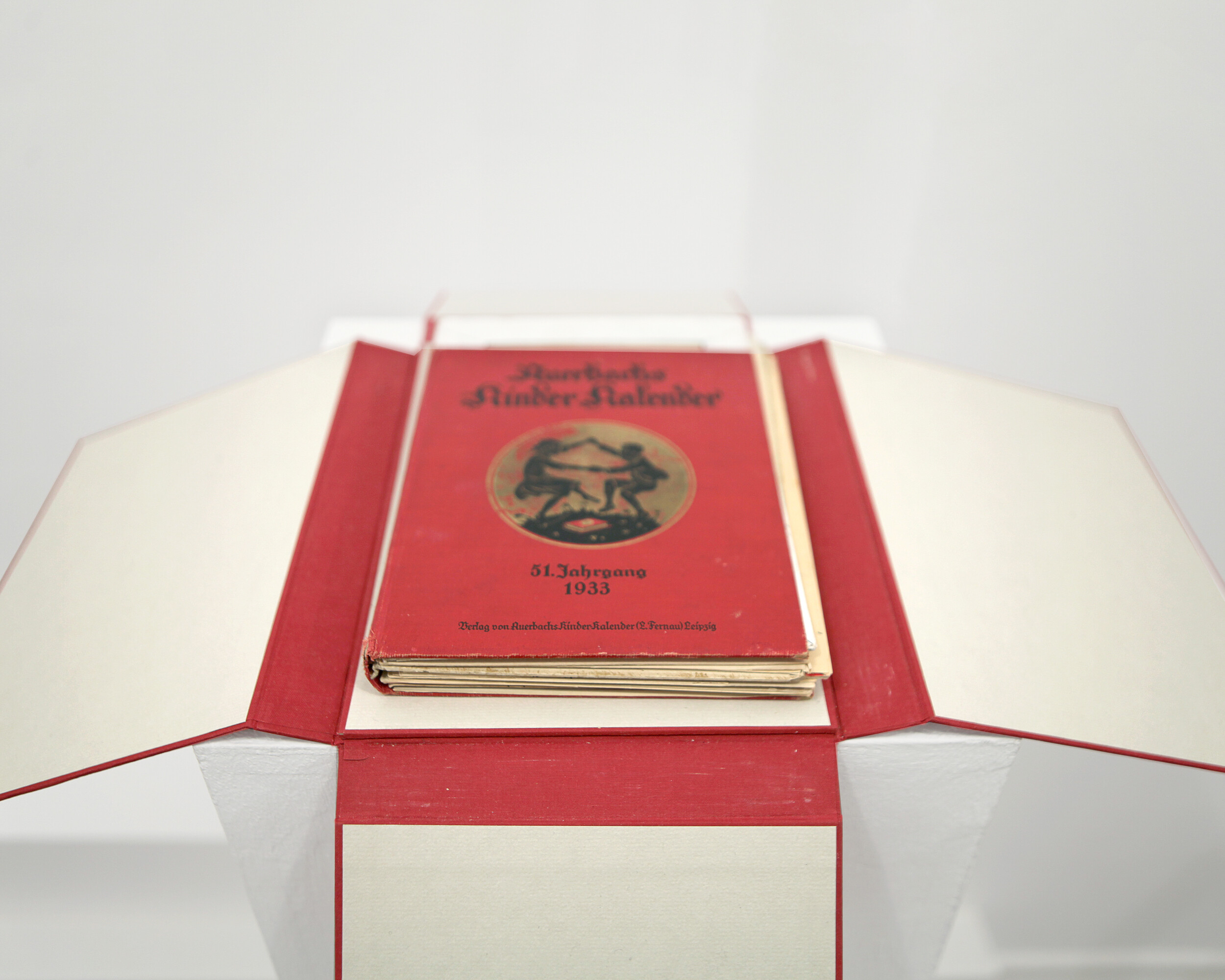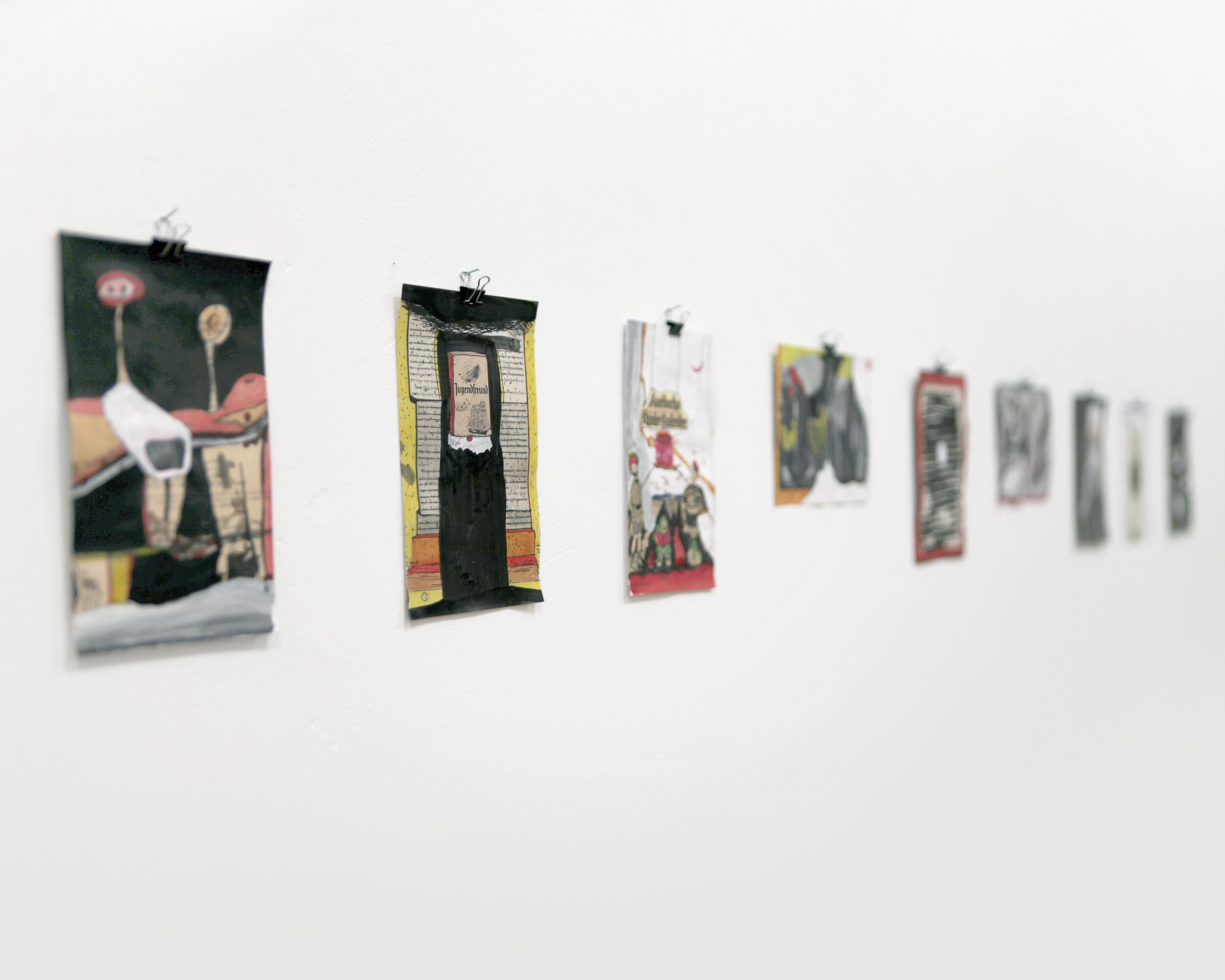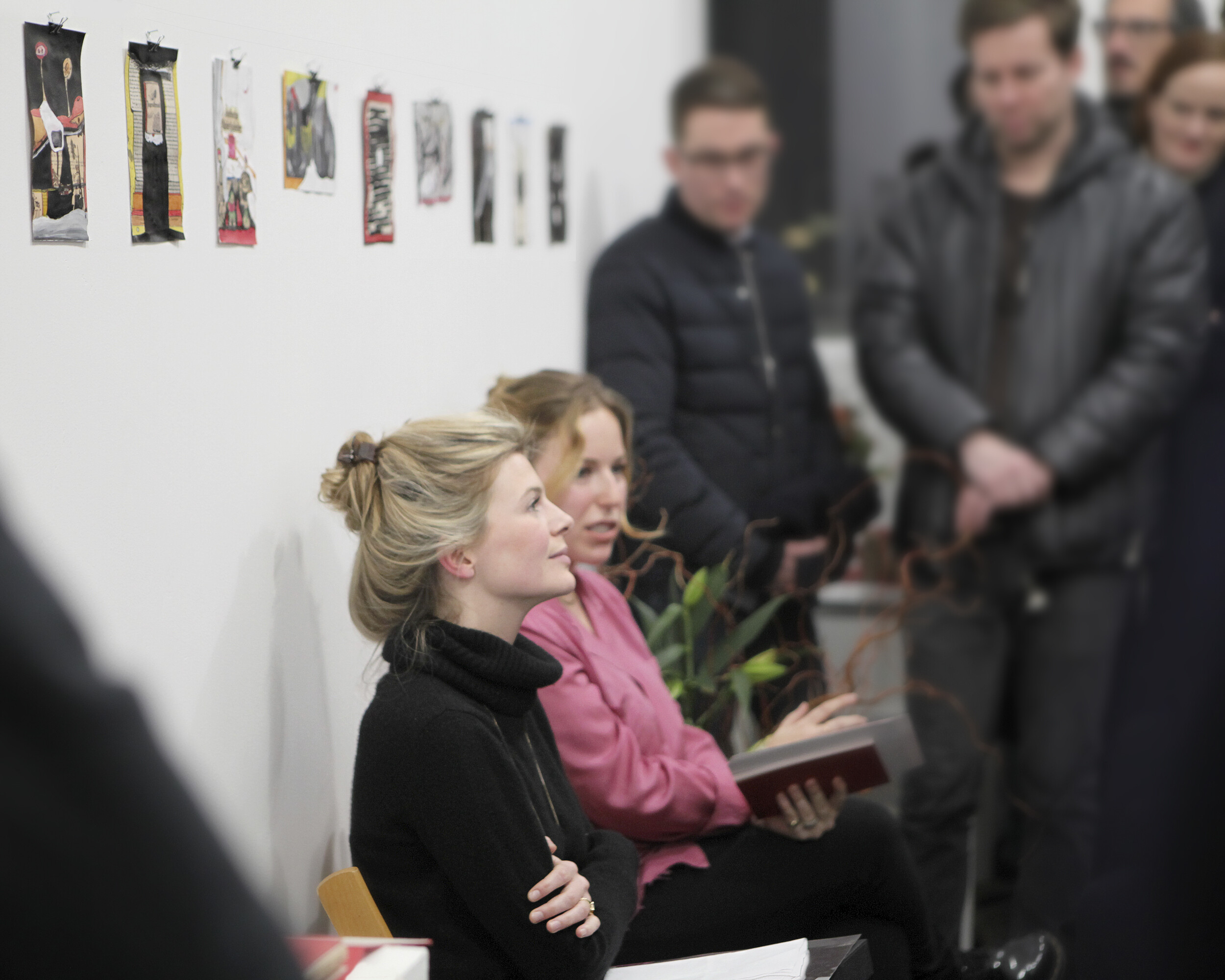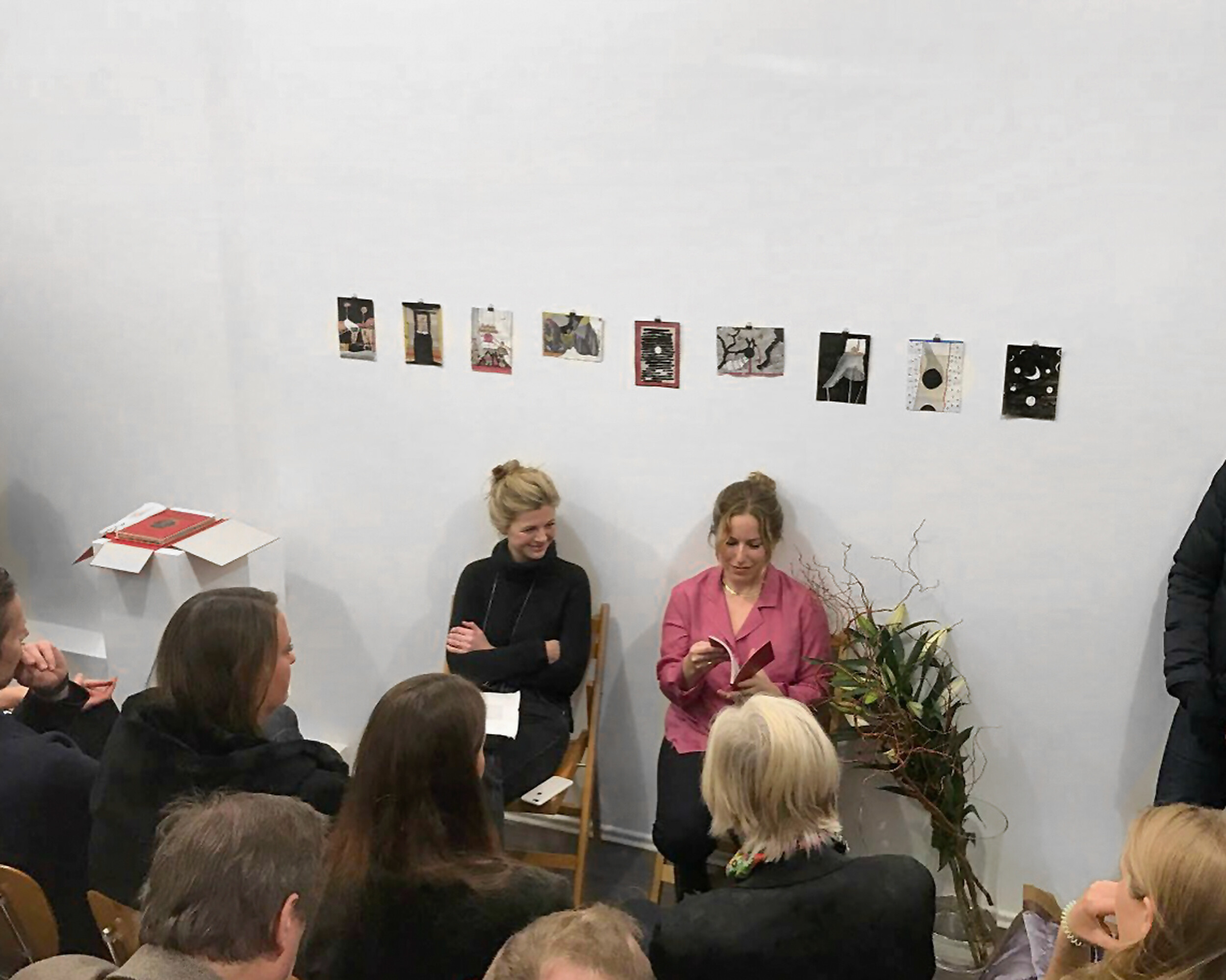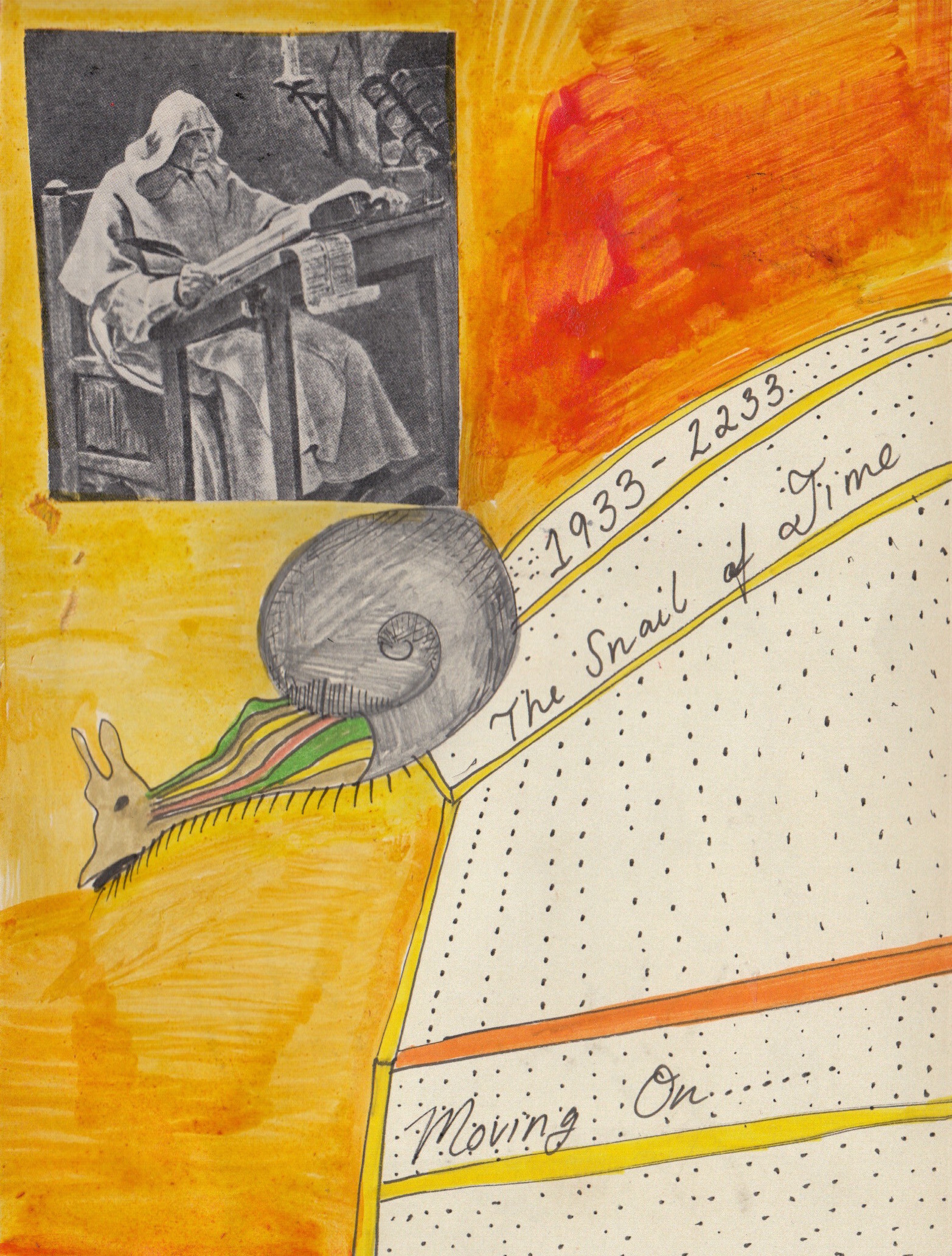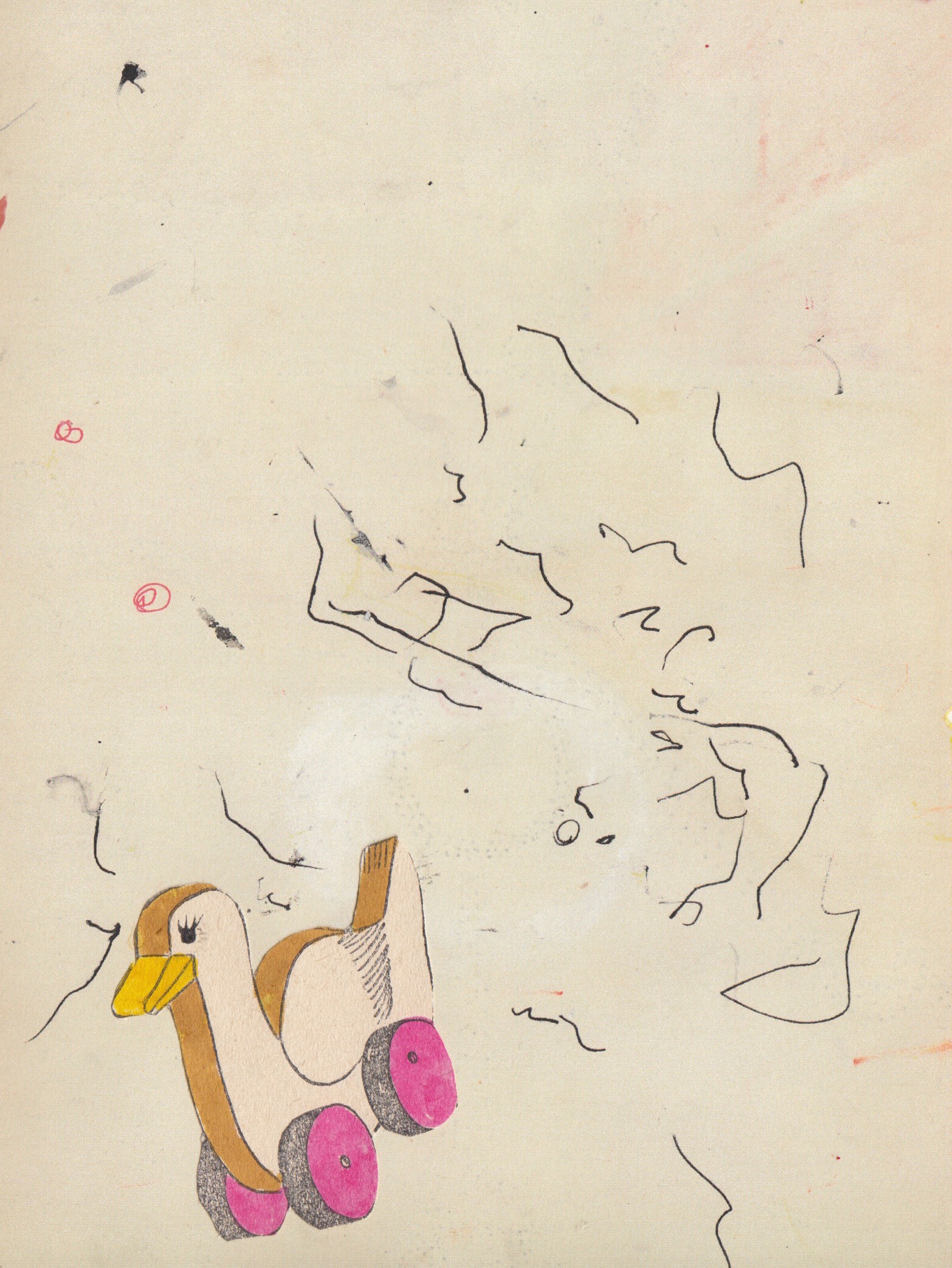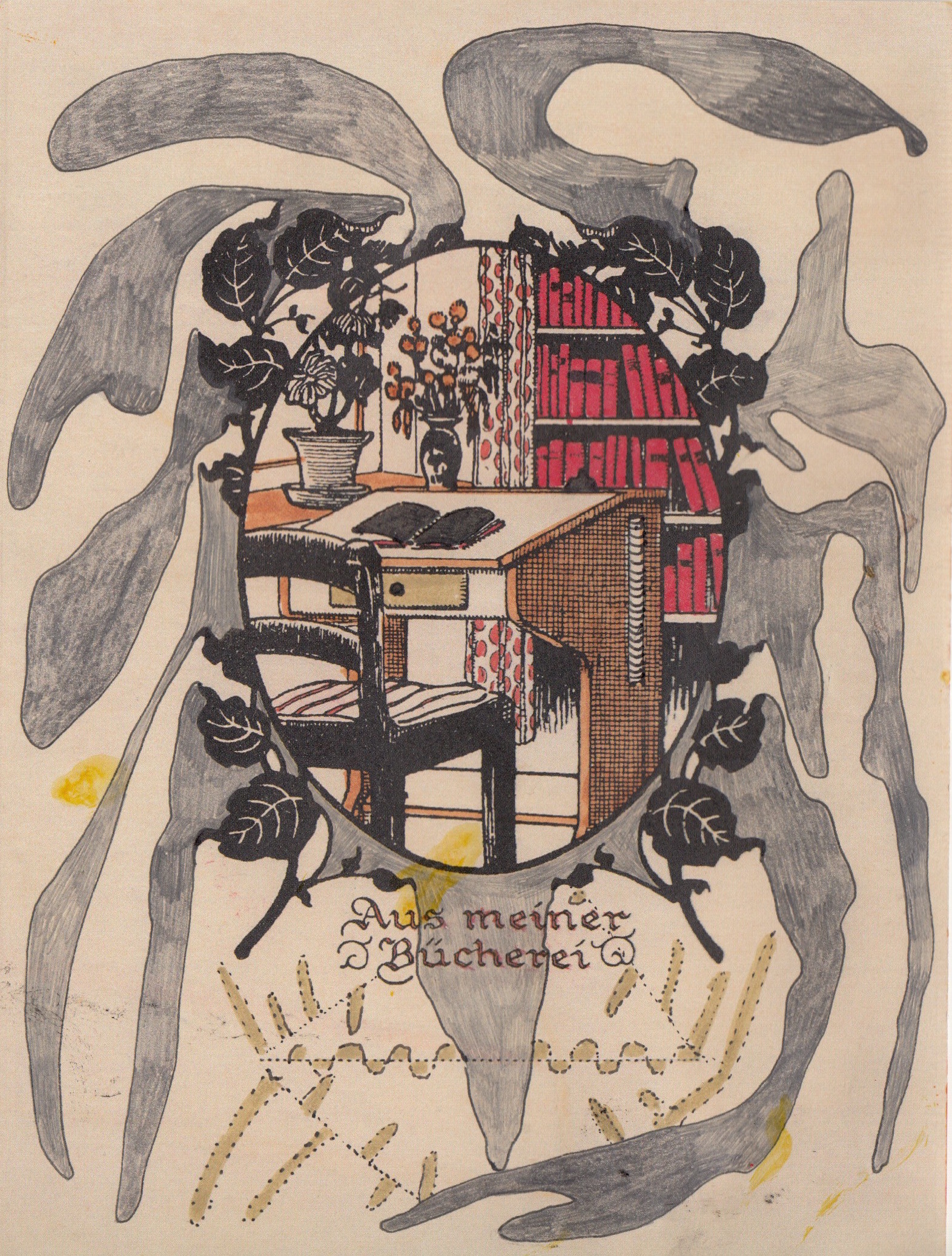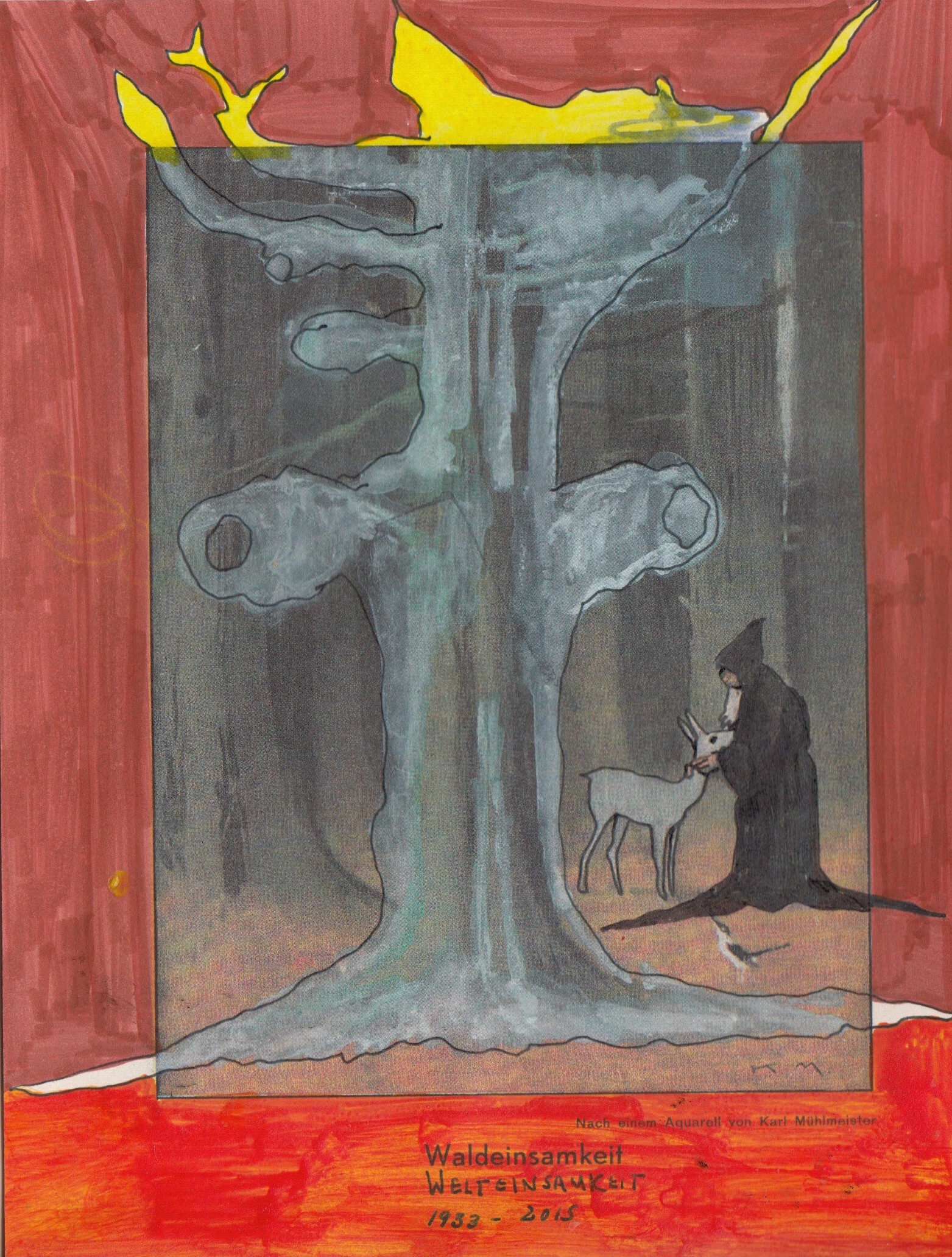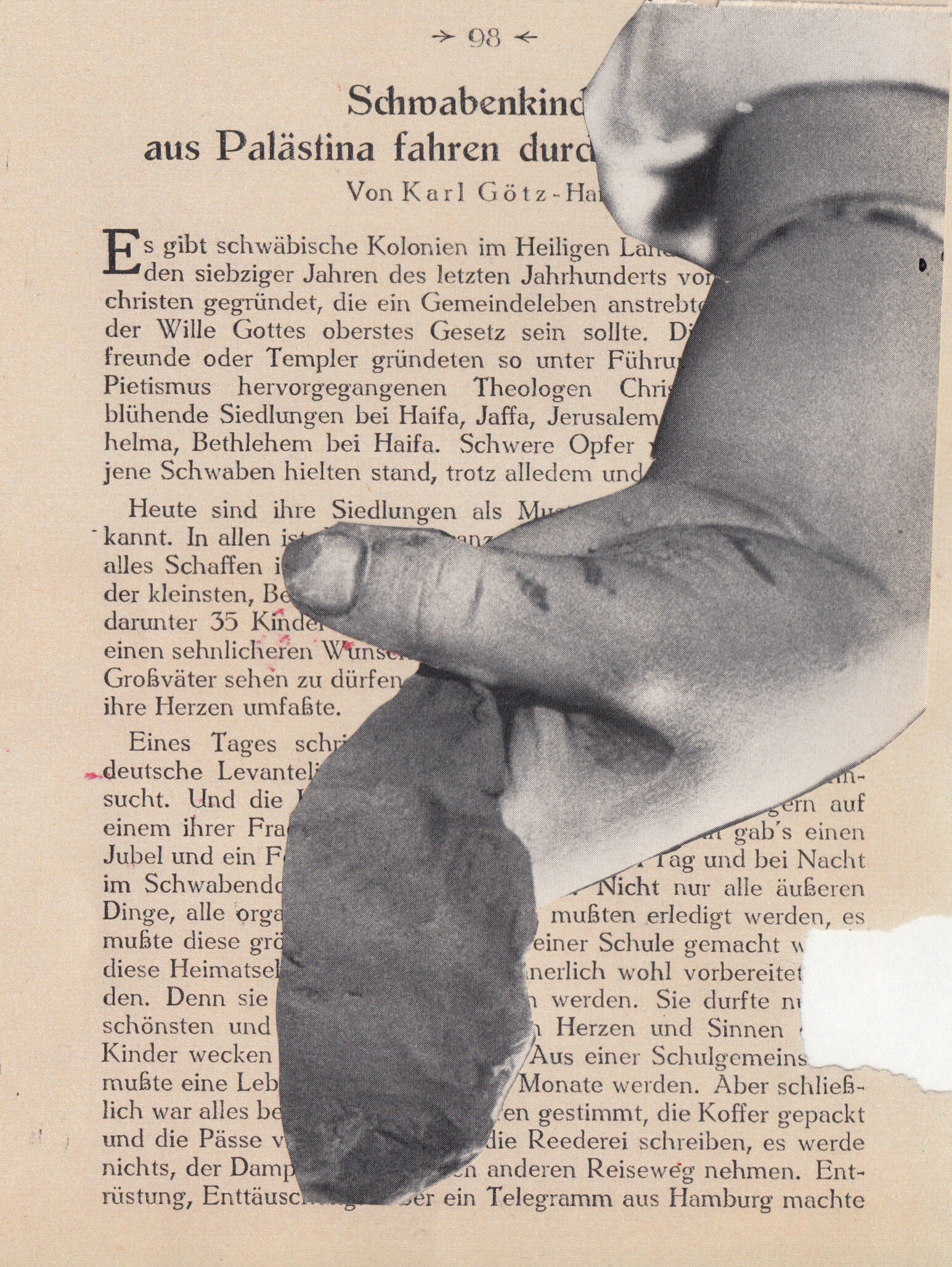The Kinder Kalender is an antiquated subcategory of institutionalized time-keeping books: a calendar for children, rich with poetry and illustrations, rhymes and fables that mark the passage of time for a child. Time in a child’s life passes with much greater mystery; the relationship between a minute to an hour to a day to a week to a month to a year takes on its own mythical rhythm, connected to the way the sun looks, the rituals holidays associated with each season, the structure of the school semester, and the cycles of the moon.
I first found Kinder Kalender 1933 in my heimat, Berlin in the summer of 2015 at a classic Berliner Flohmarkt. It was an original object from an iconic and ominous year, 1933, that felt weighted with heavy physical importance. The history of an object is often a history that reveals more than the history of a, say, person or place. Objects pass through many hands, are witness to intimate, terrifying and ugly moments in human life. Objects are silent bystanders to social upheaval, war, genocide. Objects like Kinder Kalender 1933 could have been burned, or worse. But somehow this object, this strange and quaint little red children’s book survived Germany’s 20th century, and found its way into my (small) 21st century (Jewish) hands.
In an effort to fully dissect this children’s calendar for all the unseen historical hints, clues or myths to be found in between the lines, I chose to fully cannibalize the object, to dismember the spine of the book, and forensically inspect each page and illustration -- in the hopes of finding something -- anything -- that could expand my own understanding of this pivotal, charged, mythic historical moment of Germany in 1933. I folded in clippings, images and ephemera from earlier German objects that I felt aided me in decoding the cyphers of this serendipitous document.
I found that I had made some kind of palimpsest - erasing things to make space for a new text, a new manifesto, something that reflected the strangeness of this moment in history and its subsequent intersection with my historical moment, the domino effect of my own life’s story that led up to the creation of this new object. The text, poetry and slogans I filled this new object with reflect this story, the unexpected turns on my journey with Germany, German language, German history and my unexpected place in it. It is a new kind of calendar, one which does not aim to keep time, but charts my calling at the sighting of an unpredictable (new) moon.
-Rachel Libeskind-
Rachel Libeskind (b. 1989, Milan) is a Brooklyn-based artist, born in Milan and raised in Berlin, Germany. She holds a B.A. with honors from Harvard University. Libeskind has shown her work in exhibitions in Paris, London, Milan, Rome, Warsaw, Vilnius, Miami and New York among other cities internationally. She is a multi-disciplinary artist, often merging her installations and performances with her studio practice. Libeskind’s work is characterized by a unique combination of historicist appropriation and improvisational arranging. Her work deals with issues of identity, the transmutations of past histories and the collection and curation of images and objects.
